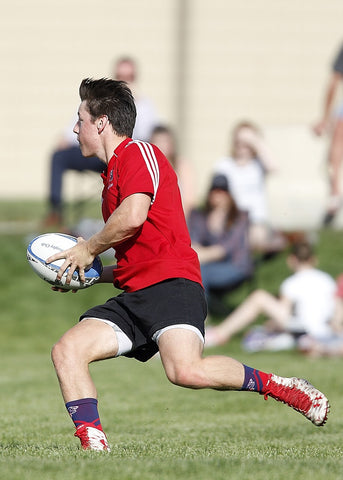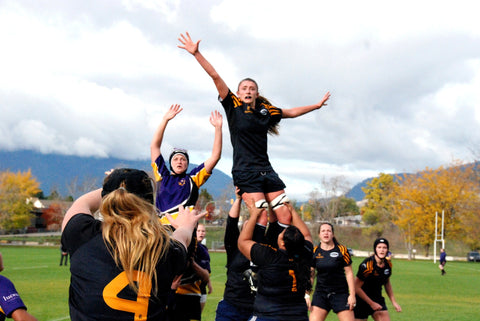National School Sport Week takes place from the 20-24th June and this year’s theme is the Rio 2016 Olympic and Paralympic Games. 2016 is set to be the first time that any format of Rugby football has been played in the Olympic games since 1924 as the fast paced 7-a-side version of the game will be included following discussions that took place in October 2009.
It can be expected that the inclusion of this new sport will generate new interest in Rugby sevens, with children throughout the UK and across the world wanting to get involved in sevens or Rugby Union. Rugby is a very physical game, so it’s understandable that some parents may be concerned about their children taking part if they are currently wearing orthodontic devices.
We have put together a list of some of the most commonly asked questions about orthodontics and contact sports and protecting your child’s teeth:

Can my child be involved in contact sports like Rugby if they have braces?
Yes, no matter what the sport, children, teenagers and adults are able to play sports even while undergoing orthodontic treatment. There is no need to worry about braces getting in the way.
What are the risks to teeth and braces when playing contact sports?
The risks to the teeth are increased to a certain extent when playing contact sports, particularly collision sports such as the different Rugby codes. However, people can protect their teeth by wearing a protective mouthguard.
What is a mouthguard?
A mouthguard, also known as a gum shield is a device that is worn over the teeth and can be worn over braces. Mouthguards are moulded to fit the individual’s mouth to provide the best possible protection and are made from materials such as silicone and other protective products. There are a number of different types of mouthguard, including boil-and-bite and custom made. If you would like a mouthguard that is made specifically for you or your child, you should contact your orthodontist today.
How does a mouthguard protect you?
In the event that you are hit in the mouth, whether by another person, a ball, bat or racket of some kind, a mouthguard is designed to lessen the impact. As braces and other orthodontic devices give a lot of support to the teeth, the purpose of the mouthguard is to protect the brace and the mouth, preventing cuts to the mouth from the brace, damage to the brace and preventing against dental injuries.
How often does a mouthguard need to be replaced?
The length of time that a mouthguard lasts for depends on the individual, but no mouthguard will last forever, even a custom orthodontic one. Over time, the biting surface of a gumshield grows worn and becomes thinner, so eventually, the teeth will be able to bite through the plastic. Once this happens, a mouthguard is no longer fit for its intended purpose. As children are still growing, it’s important to check their mouthguard regularly to check that it still fits comfortably and properly.

What should I do if my child injures their teeth or damages their braces whilst playing sport?
If your child injures their teeth or damages their brace, you should always call your orthodontist as soon as possible to arrange an appointment to check the teeth and restore their smile if needed.
If your child is inspired to take up a contact or collision sport, make sure they wear a mouthguard to protect their teeth or braces. To book an appointment to discuss this with an orthodontist, please call us on 0161 622 0987 or email us at info@oldhamorthodontics.co.uk.
